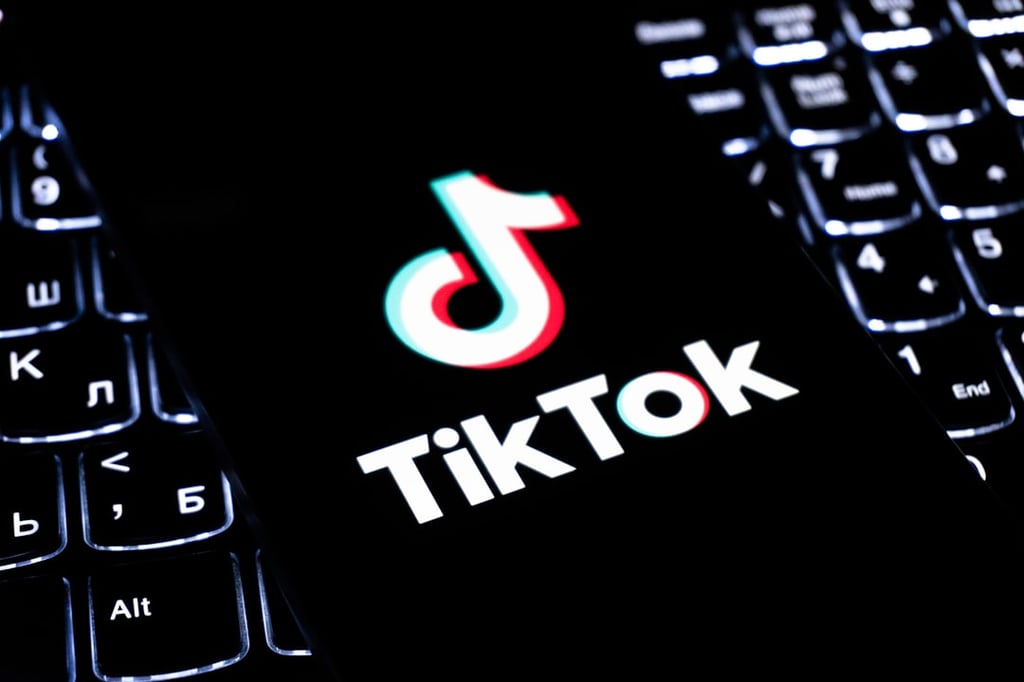Drone hype reached new levels this week when a fleet of 300 Intel Shooting Star UAVs (unmanned aerial vehicles) provided a dazzling light show during a pre-taped segment used in Sunday’s Super Bowl Halftime Show. The hype may be warranted, suggests Gartner’s projections for the near-term drone market. In a new forecast, the analyst firm […]
Datamation content and product recommendations are
editorially independent. We may make money when you click on links
to our partners.
Learn More
Drone hype reached new levels this week when a fleet of 300 Intel Shooting Star UAVs (unmanned aerial vehicles) provided a dazzling light show during a pre-taped segment used in Sunday’s Super Bowl Halftime Show. The hype may be warranted, suggests Gartner’s projections for the near-term drone market.
In a new forecast, the analyst firm expects the global commercial drone market to reach just over $3.7 billion in 2017, compared to $2.8 billion last year. The market for personal drones will generate nearly $2.4 billion in revenue this year, up from $1.7 billion last year.
Collectively, the commercial and personal drone markets will jump 34 percent this year to cross the $6 billion mark. By 2020, that figure will reach $11.2 billion, said Gartner.
Nearly 2.8 million personal drones will be produced in 2017 compared to 2 million in 2016. Far fewer commercial drones, 174,000 in fact, will take to the skies this year.
According to Gartner senior analyst Gerald Van Hoy, the distinction between personal and commercial drones is blurring.
“The commercial and personal drone markets are increasingly overlapping, as lower-priced personal devices are being used for commercial ventures,” he said in a statement. Lightweight personal drones are generally used to capture video footage and take pictures from lofty vantage points. They typically have sub-$5,000 price tags and can only travel short distances (up to 5,000 meters and an altitude of up to 500 meters) for an hour or less.
These limitations don’t seem to be stopping drone makers from moving upmarket.
“Personal drone vendors are now aggressively trying to position themselves in the commercial market,” stated Van Hoy. “Recent technological advances blur the lines, allowing personal drones to be used in many special-purpose applications such as surveillance, 3D mapping and modeling.”
Although commercial drones generally offer longer flight times and higher payload limits, don’t expect them to start dropping off Amazon packages any time soon. (Amazon delivery drones also made an appearance at the big game, courtesy of Super Bowl commercial.)
“Delivery drones will be mired in logistical issues like the time needed to return a drone to its origin point after delivery, and will amount to less than 1 percent of the commercial market by 2020,” Van Hoy said. “We expect that delivery drones will begin finding a niche in business-to-business applications first, particularly for internal services within one company where logistics will not be such a big factor.”
Pedro Hernandez is a contributing editor at Datamation. Follow him on Twitter @ecoINSITE.
-
Ethics and Artificial Intelligence: Driving Greater Equality
FEATURE | By James Maguire,
December 16, 2020
-
AI vs. Machine Learning vs. Deep Learning
FEATURE | By Cynthia Harvey,
December 11, 2020
-
Huawei’s AI Update: Things Are Moving Faster Than We Think
FEATURE | By Rob Enderle,
December 04, 2020
-
Keeping Machine Learning Algorithms Honest in the ‘Ethics-First’ Era
ARTIFICIAL INTELLIGENCE | By Guest Author,
November 18, 2020
-
Key Trends in Chatbots and RPA
FEATURE | By Guest Author,
November 10, 2020
-
Top 10 AIOps Companies
FEATURE | By Samuel Greengard,
November 05, 2020
-
What is Text Analysis?
ARTIFICIAL INTELLIGENCE | By Guest Author,
November 02, 2020
-
How Intel’s Work With Autonomous Cars Could Redefine General Purpose AI
ARTIFICIAL INTELLIGENCE | By Rob Enderle,
October 29, 2020
-
Dell Technologies World: Weaving Together Human And Machine Interaction For AI And Robotics
ARTIFICIAL INTELLIGENCE | By Rob Enderle,
October 23, 2020
-
The Super Moderator, or How IBM Project Debater Could Save Social Media
FEATURE | By Rob Enderle,
October 16, 2020
-
Top 10 Chatbot Platforms
FEATURE | By Cynthia Harvey,
October 07, 2020
-
Finding a Career Path in AI
ARTIFICIAL INTELLIGENCE | By Guest Author,
October 05, 2020
-
CIOs Discuss the Promise of AI and Data Science
FEATURE | By Guest Author,
September 25, 2020
-
Microsoft Is Building An AI Product That Could Predict The Future
FEATURE | By Rob Enderle,
September 25, 2020
-
Top 10 Machine Learning Companies 2021
FEATURE | By Cynthia Harvey,
September 22, 2020
-
NVIDIA and ARM: Massively Changing The AI Landscape
ARTIFICIAL INTELLIGENCE | By Rob Enderle,
September 18, 2020
-
Continuous Intelligence: Expert Discussion [Video and Podcast]
ARTIFICIAL INTELLIGENCE | By James Maguire,
September 14, 2020
-
Artificial Intelligence: Governance and Ethics [Video]
ARTIFICIAL INTELLIGENCE | By James Maguire,
September 13, 2020
-
IBM Watson At The US Open: Showcasing The Power Of A Mature Enterprise-Class AI
FEATURE | By Rob Enderle,
September 11, 2020
-
Artificial Intelligence: Perception vs. Reality
FEATURE | By James Maguire,
September 09, 2020
SEE ALL
ARTICLES
Pedro Hernandez is a contributor to Datamation, eWEEK, and the IT Business Edge Network, the network for technology professionals. Previously, he served as a managing editor for the Internet.com network of IT-related websites and as the Green IT curator for GigaOM Pro.









